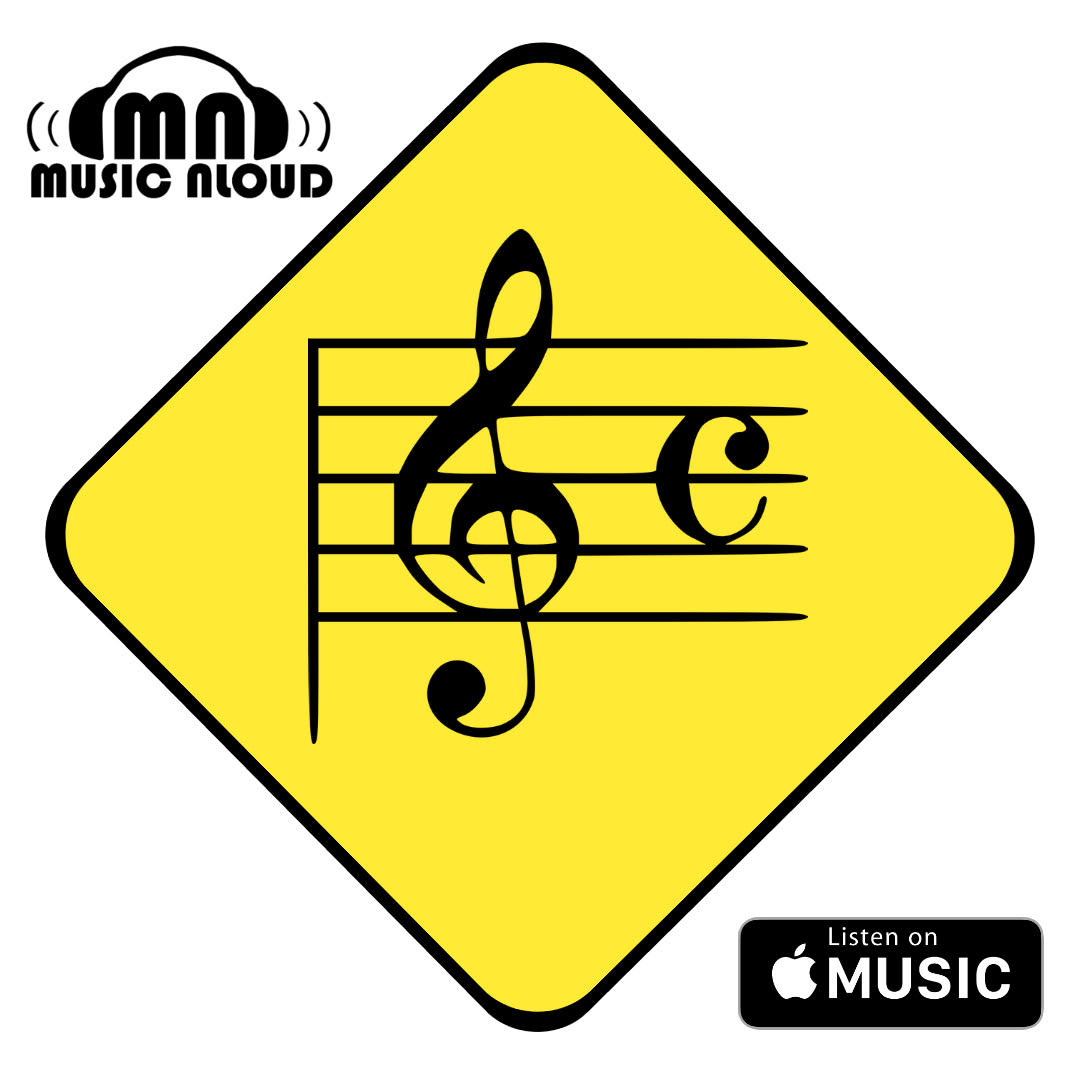– Ajay Parasuraman
 I had written about the raga Reethigowla last time. This post will be about the raga Darbari/Durvari/Durbari Kanada, which should compensate for the earlier post on a Carnatic raga. 🙂
I had written about the raga Reethigowla last time. This post will be about the raga Darbari/Durvari/Durbari Kanada, which should compensate for the earlier post on a Carnatic raga. 🙂
The description of the raga would be better off with a little bit of story-telling: A loooong time ago (read: late 15th century), there was this poet called Makrand Pandey who was a priest in Varanasi. One daaaay, his son, Ramtanu, went wandering in the forests. As fate would have it, the legendary musician from Vrindavan, Swami Haridas, also happened to go wandering. Swami Haridas was so impressed with Ramtanu’s imitations of a tiger and an elephant that he took him under his wing. Thus, Tansen was ‘born’! From Haridas, Tansen acquired not only his love for dhrupad but also his interest in compositions in the local language. This was the time when the Bhakti tradition was fomenting a shift from Sanskrit to the local idiom (Brajbhas and Hindi), and Tansen’s compositions also highlight this trend. At some point during his apprenticeship, Tansen’s father died, and he returned home, where it is said he used to sing at a local Shiva temple. Eventually, he joined the court of King Ramachandra Baghela of Rewa, where he remained from 1555-1562. It appears that the Mughal emperor Akbar heard of his prowess and sent his emissary Jalaluddin Qurchi to Ramachandra, who had little choice but to acquiesce, and Tansen went to Akbar’s court in 1562.
Legend has it that Akbar asked Tansen to come up with something different for his performance(s); Tansen created the raga ‘Durbari Kanada’, from the Persion word ‘Durbar’ for ‘Court’.
Story’s over 🙂
On a personal note, I love this raga. A ragamalika rendered by Madurai T.N Seshagopalan had one of its ragas as Durbari Kanada, and it will remain etched in memory for decades to come.
Durbari Kanada is usually sung after sun-down, although nobody follows it that strictly. This raga is part of the Asavari Thaat — uses all seven notes, five in the ascent and seven in the descent. Gandhar, Dhaivat and Nishad are komal (flat) and the other notes are shuddha (full).
The ascension of aroha is in the lower and middle octaves. In the aroha, the note Ga (gandhar) komal is used in a weak manner and a slow vibrato (andolan) on this note. The association of the notes Ni and Pa sounds pleasing to the ears. Its Vadi swar is Re and Samvadi is Pa.
Aroha: S R g m P d n S’
Avroha: S’ d n P m P g m R S
For reference, the set of notes in the Asavari thaat is S R g M P d n, and for Darbari, the role of the komal gandhar is crucial. In other words, the jeeva swara is the Gandhara here. Most common usage is ‘G M. R’
Parts of Hallowed be thy name, by the cult heavy metal band Iron Maiden, are speculated to have shades of Durbari Kanada! It’s hard to make out, you know, with their accent and all. 🙂 I leave you to make your conclusion after listening to the song.
The following are some of the popular songs composed in the raga Durbari Kanada:
Shivadam Shivanaamam from the Malayalam movie Mazhavillu
Malare Mounama (Tamil)
Movie: Karnan Language: Tamil Singers: S.P.Balasubramaniam, S.Janaki Music Director: Vidyasagar Year: 1995
Jogi Aaya
Movie: Black n White Language: Hindi Singers: Sukhwinder Singh, Sadhana Sargam Music Director: Sukhwinder Singh Year: 2008
Movie: Amaram Language: Malayalam Singers: K.J.Yesudas, K.S.Chitra Music Director: Raveendran Year: 1991
Movie: Rhythm Language: Tamil Singers: P.Unnikrishnan, Kavitha Krishnamurthy Music Director: A.R.Rahman Year: 2000
Tere Dar Pe Aaya Hun, Kuchh Karke Jaunga (Hindi)
Movie: Laila Majnu Hindi Singer – Mohd. Rafi Music Director(s) – Madan Mohan Year – 1976
Movie: Jagadeka Veeruni Katha Language: Telugu Singer: Ghantasala Music Director: Pendyala Nageshwara Rao Year: 1961
A Ghazal by Ghulam Ali
Can Carnatic be far behind? 🙂




Classical music is pleasantly intoxicating.
Very nice and informative..i had noticed an indian touch for Hallowed be thy name..but this knowledge is new..thanks a bunch and keep up the wonderful work